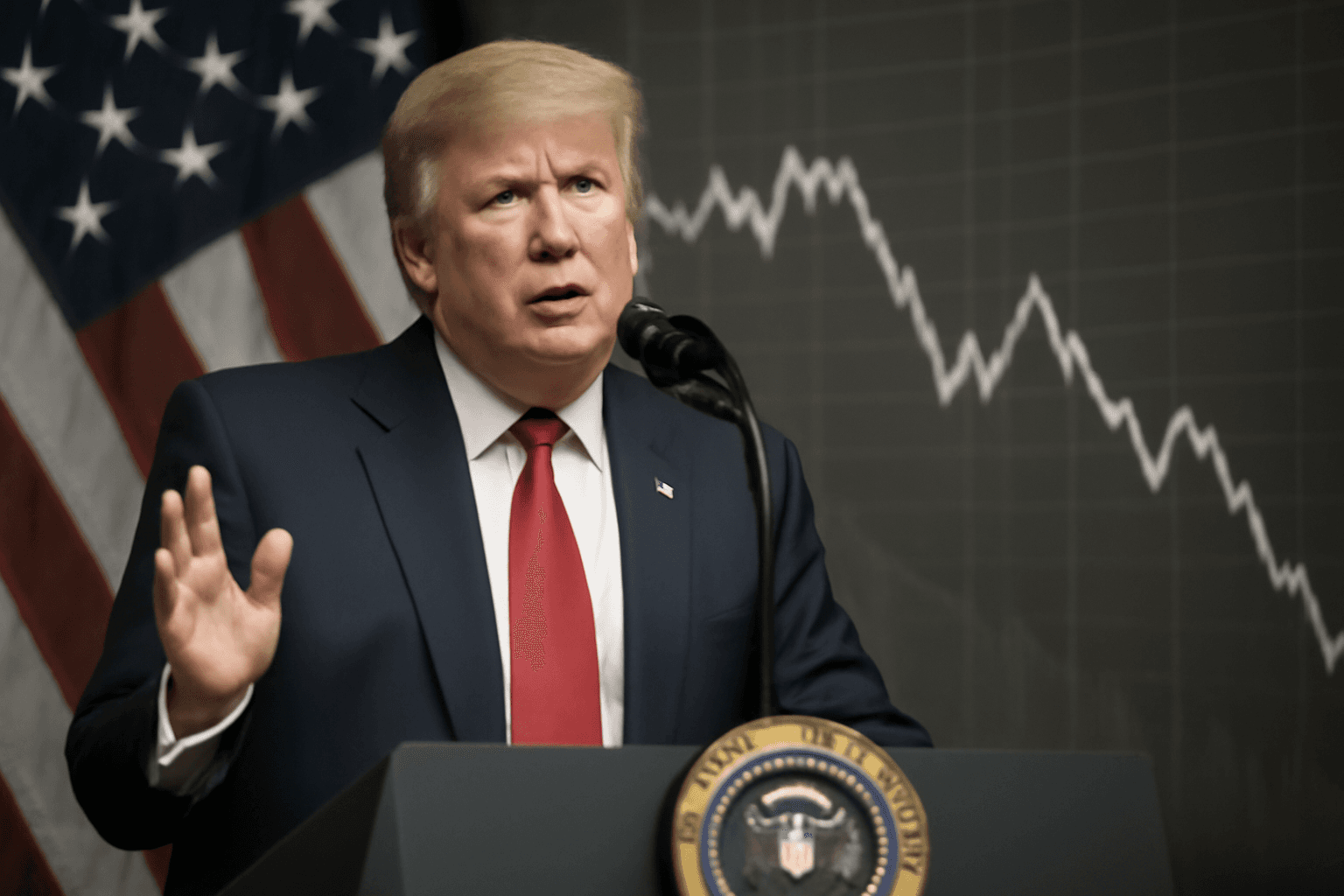Shift Toward Short-Term Treasuries Amid Volatile Bond Market
As volatility continues to rattle bond yields and prices, fixed-income investors are increasingly favoring shorter-term U.S. Treasury securities over longer maturities. This cautious approach is reflected in the growing popularity of ultra-short bond exchange-traded funds (ETFs), which provide lower risk exposure amid unpredictable market conditions.
Strong Demand for Ultra-Short Bond ETFs
In 2025, ETFs specializing in ultra-short government debt have attracted significant investor inflows. For instance, the iShares 0-3 Month Treasury Bond ETF and SPDR Bloomberg 1-3 Month T-Bill ETF are both among the top 10 ETFs by net asset inflows, each accumulating over $25 billion in new investments year-to-date. Only a major S&P 500 index ETF has surpassed their levels of new money this year.
Vanguard's Short Term Bond ETF has also captured notable attention, securing more than $4 billion in net inflows and ranking within the top 20 ETFs based on year-to-date investor capital.
Warren Buffett’s Significant Position in Short-Term T-Bills
Highlighting this trend, a large investment firm led by Warren Buffett has reportedly increased its stake in short-term Treasury bills, now controlling approximately 5% of the short-term T-bill market. This move underscores a broader market sentiment favoring short-duration fixed-income instruments that offer stable yields amid uncertainty.
Market Experts Cite Reasons for Favoring Short Durations
Market strategists emphasize that longer-duration bonds currently display elevated volatility and deteriorating performance. For example, the yield on the 10-year Treasury note has fluctuated between negative and positive returns multiple times in the year, contributing to investor caution.
Long-term Treasury and corporate bonds have experienced negative returns since last September, a rarity last observed during the financial crisis in 2008. This trend supports advisors' recommendations to avoid bonds exceeding seven years in duration, where yields are currently around 4.1% but accompanied by higher risk.
Concerns About Under-Diversification in Fixed Income
Industry professionals express concern that despite market shifts, many investors have not sufficiently diversified their portfolios with fixed income. The prevailing reliance on equity-heavy, broad-based indices—often heavily weighted toward technology stocks—may expose investors to heightened risk without the stabilizing effect that bonds traditionally provide.
Volatility in Equity Markets and Diversification Strategies
Stock markets have also experienced significant fluctuations in 2025. Equity indices recorded historic volatility earlier in the year, including rapid declines and subsequent recoveries. In this environment, investors are advised to rebalance equity exposure and consider international assets as effective diversification tools.
For example, international equity markets from Japan and Europe have outperformed U.S. large-cap growth stocks recently. Notably, European equities have contributed strongly to portfolio returns this year, with an ETF tracking the MSCI Eurozone up approximately 25%. Similarly, Japanese equity ETFs have posted robust returns above 10% year-to-date following strong performance over prior years.
Key Takeaways for Investors
- Short-term Treasury yields: Approximately 4.3% annualized, offering more stability.
- Strong inflows into ultra-short bond ETFs: Over $25 billion new investments each for top ETFs.
- Long-duration bonds: Not advisable beyond seven years due to heightened volatility and negative returns.
- International equities: Emerging as valuable portfolio components amid U.S. stock market volatility.
These dynamics highlight a growing consensus around cautious, short-duration fixed income and diversified global equity allocations as prudent approaches in the current investment environment.














